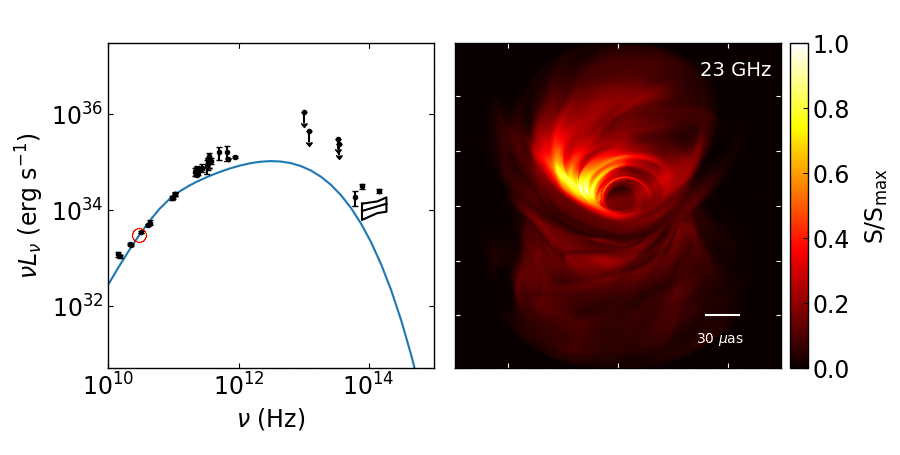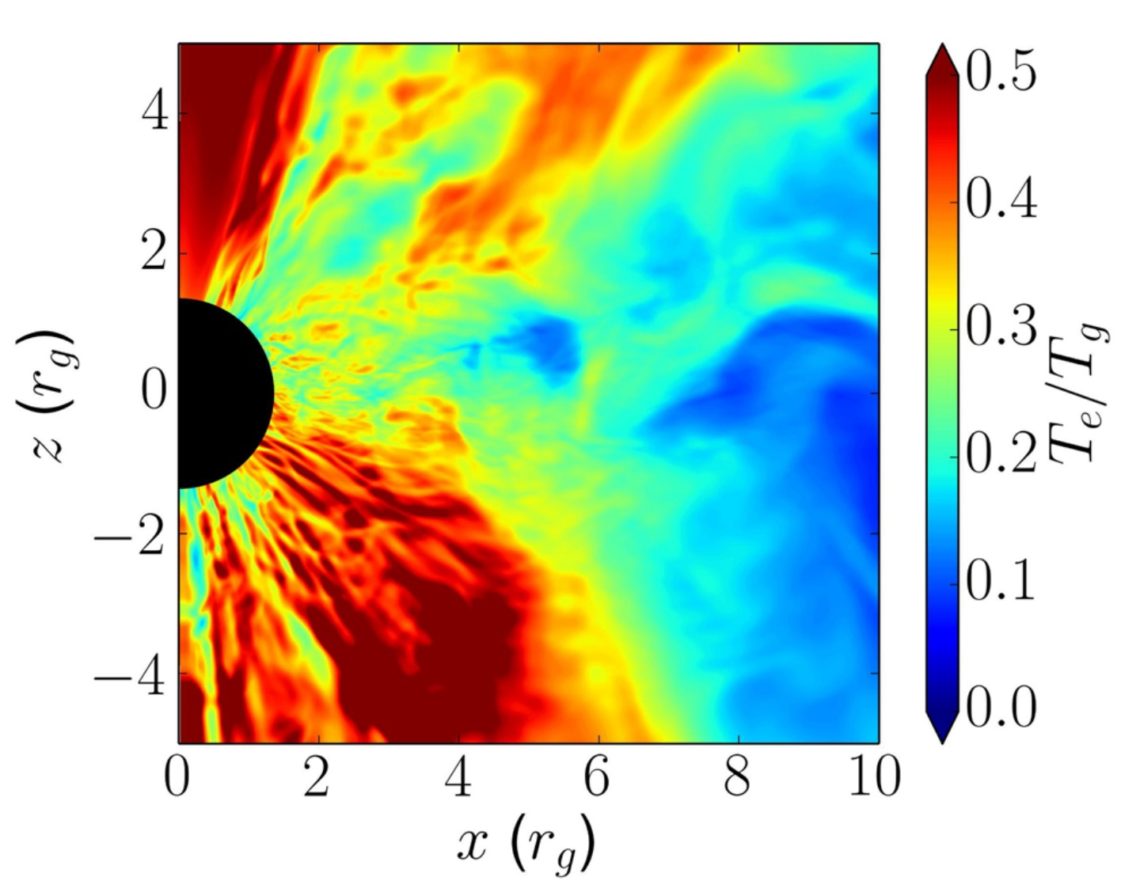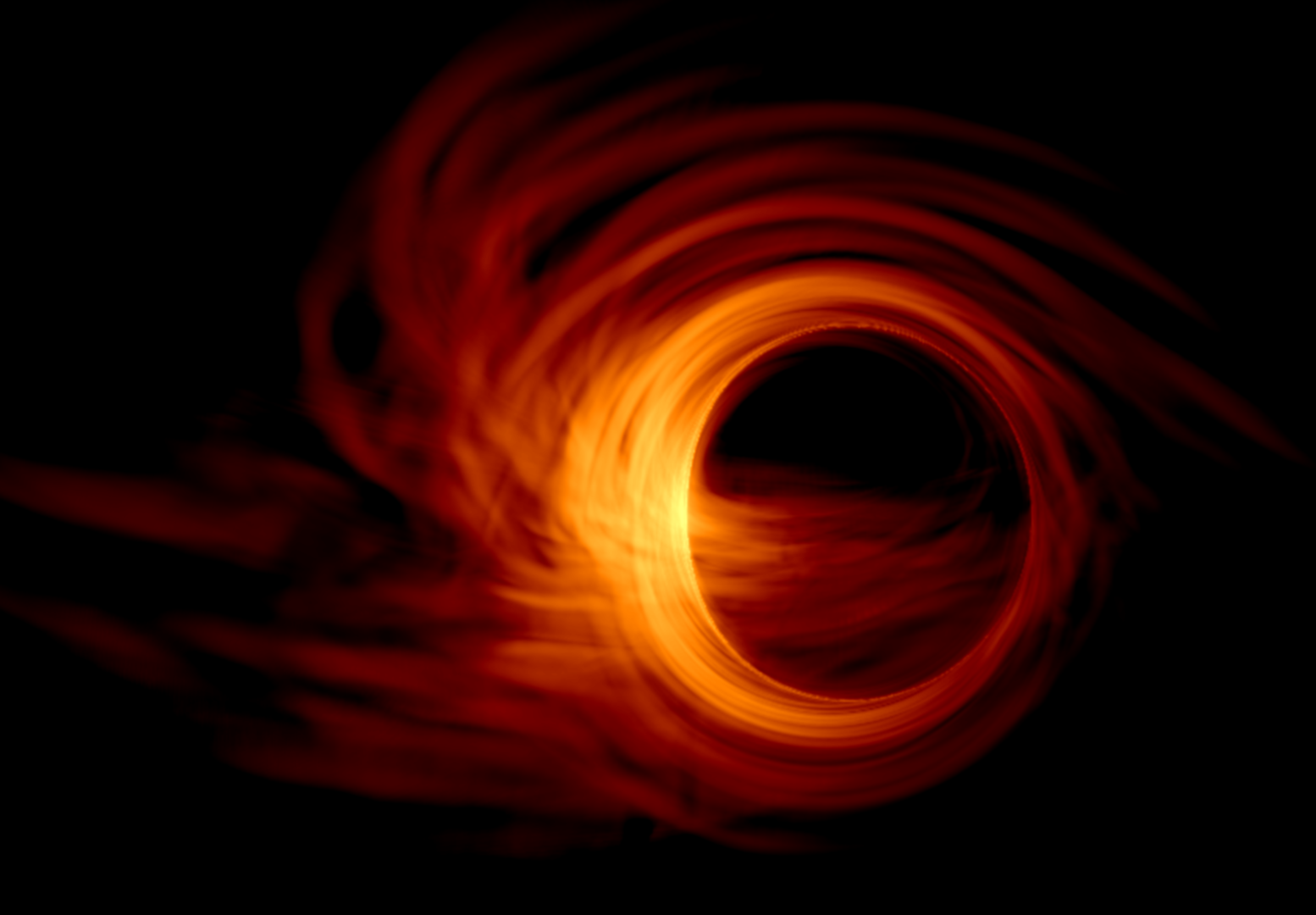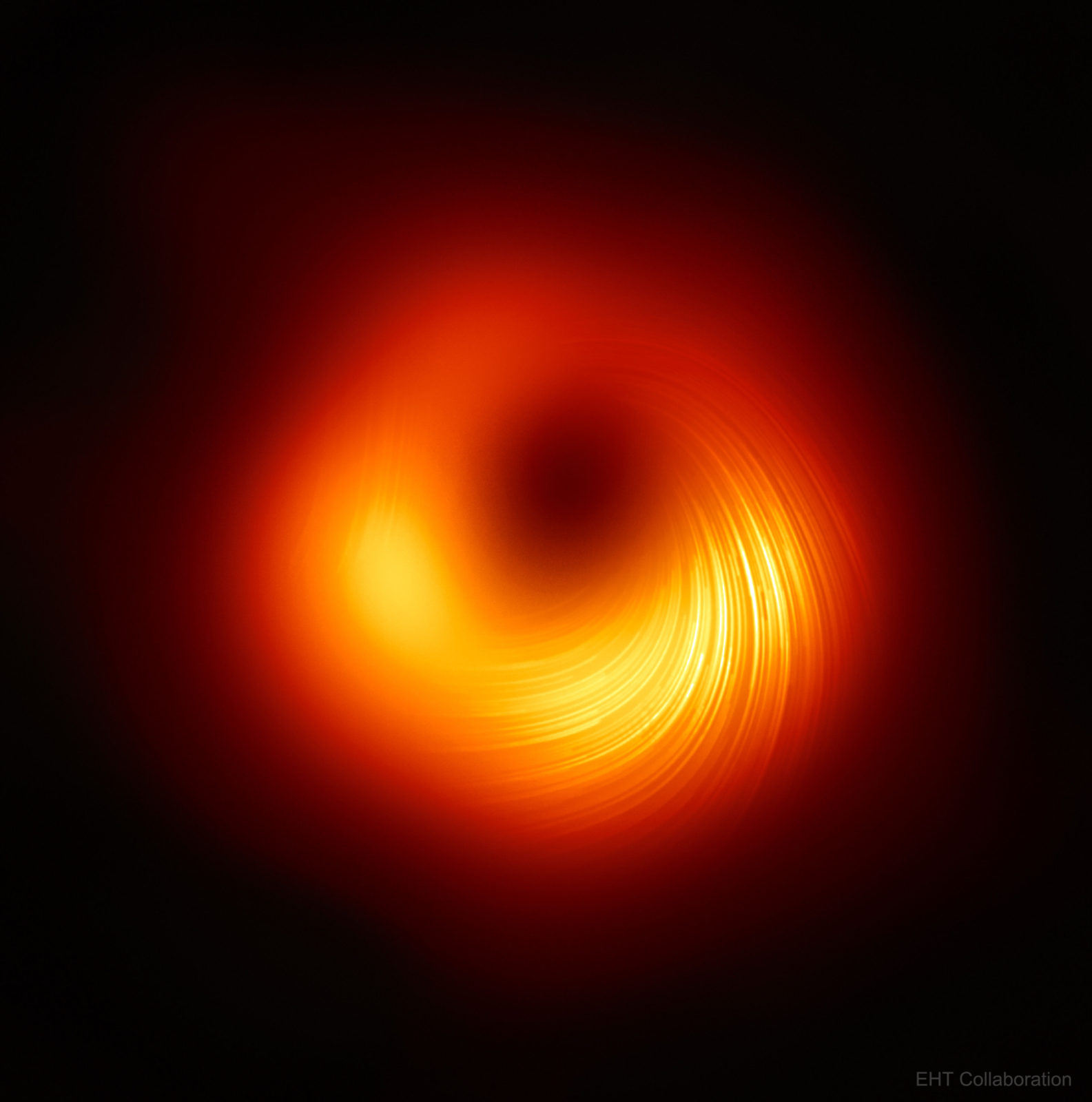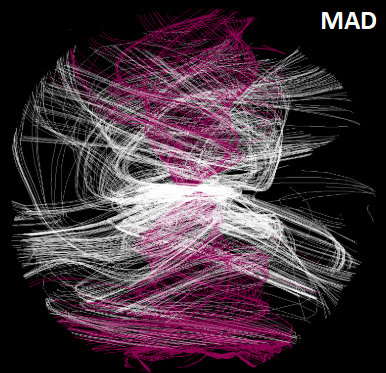In my previous blog post, I introduced the General-relativistic Radiative Transfer Code, which is an important tool for computing the radiative properties from simulated results (see “a bridge between observation and numerical simulation”). Today, I would like to provide some examples of how the image of black hole shadow, photon ring and the spectrum would change depending on the different physical properties, some of which are very difficult to be constrained yet. 1. Black hole image in different frequency The well-known monumental image of the M87 black hole shadow, which was announced in 2019, was captured at 230 GHz by the telescopes in the Event Horizon Telescope array. The intrinsic…
Read More >>Electron Microphysics in the global GRMHD simulation
It is widely believed that the luminosities of M87 and Sagittarius A*, which are the major targets of the Event Horizon Telescope collaboration, are significantly lower than their Eddington luminosities. It means that the mass accretion rates of these objects are so low that the material accreting onto the central supermassive black hole can be interpreted as the radiatively inefficient accretion flow (RIAF), which is geometrically thick and optically thin (See “disk thin / thick?!” for the disk models). In such a (geometrically) thick disk, it is generally acceptable to assume that the interactions between ions and electrons are very poor, so they are not in thermal equilibrium, resulting in…
Read More >>A bridge between observation and numerical simulation: General-relativistic radiative transfer calculations
As introduced in the previous posts, nowadays it is well known that spacetime is not always ‘flat’ but can be distorted by the presence of massive (dense) objects, according to Albert Einstein’s general theory of relativity. The amount of distortion in spacetime depends on the mass of the object and on how compact it is. Prof. John Wheeler, a theoretical physicist in the US, told that “Spacetime tells matter how to move; matter tells spacetime how to curve“. According to Einstein’s theory, light always follows the shortest path through spacetime, implying that the light paths are no longer straight lines but can be curved in the immediate vicinity of massive…
Read More >>Unveiled shape of magnetic field around black hole from polarized light
A couple of weeks ago, the Event Horizon Telescope (EHT) collaboration has revealed, for the first time, the black hole image of the M87 in polarized light. This is the next big step closer to better understanding how accreting materials evolve and how M87 launches the energetic jets, which extend at least 5000 light-years. Light becomes polarized when it propagates through filters like the lenses of polarized sunglasses. Such sunglasses have been used to protect our eyes and enhance our vision by reducing the glare of the sun or the reflected light. Likewise, we can see better the region around the black hole from the polarized light, which is emitted…
Read More >>To be MAD or not to be MAD
Infalling on to the black hole may drive materials crazy. How on earth can they keep their sanity while all bodies undergo extreme gravity? These days, most researchers who are simulating an accreting flow around a black hole choose the condition of the accretion disc between the “SANE” and “MAD”. Now you may think that the infalling materials would be CRAZIER in the “MAD” disc than the other. In fact, the component for dividing “SANE” and “MAD” is the strength of poloidal magnetic fields. “SANE” stands for Standard and Normal Evolution, and “MAD” stands for Magnetically Arrested Disc. Over the decades, the magnetic field structures around the central black hole…
Read More >>What cooling can do for Sagittarius A*
Making an assumption is inevitable and reasonable in many research projects since it is practically impossible to handle all physics we know in a single study; even if it is feasible, it would rather squander resources, which are given to us. However, it is always required to evaluate carefully whether the assumptions are applicable for the particular project. Otherwise, the results may not be able to convince the community, even when the causal connection is well proven to be true. In this post, I will introduce my recent work talking about one assumption people used to make for the study of Sagittarius A*: radiative cooling can be ignored. The supermassive…
Read More >>The runner’s trails: the characteristic features of fast-moving X-ray Binaries or Bow-shock Pulsars
In today’s post, I will talk about a subset of compact objects (neutron stars or stellar mass black holes), which run with very high spatial velocity through the interstellar medium. Those runners, in general, imprint characteristic signatures on their way: trails and bubbles. For the case of static objects (i.e., no proper motion), which the relativistic jets (or winds) from the compact objects interact with the ambient medium, the theoretical model of the evolution has been studied well over the decades: (1) the early momentum-driven phase, where the ram pressure of the jet is significant for the dynamical evolution, (2) the energy-driven phase, where the slowed-down outflow inflates supersonically expanding…
Read More >>Fate of Jets in X-ray binaries: jet-wind interaction
Relativistic jets are ubiquitous and we can observe them in a wide range of scales: from stellar-mass objects (e.g., stellar-mass black holes, neutron stars or pulsars) to massive objects (e.g., active galactic nuclei, radio galaxies). In fact, those jets are key players in shaping our universe into what it is now. For example, jets from active galactic nuclei are powerful and capable of reaching very far from the central region of their host galaxy, it is generally accepted that they have provided a huge amount of heating into the universe. Without the heating, most galaxies might have significantly cooled down a long time ago; and had only old stars or…
Read More >>The journey of lights to a black hole
In today’s post, I would like to briefly talk about the features shown in the recent black hole image, and the efforts many people have paid for interpreting them. Someone would say that a black hole must be in the form of singularity, which makes it extremely difficult to prove its existence. However, over the decades, many theoretical works have been devoted to understanding the nature of the black hole and the effects of the general relativity; and providing the observational signatures that are expected. By the huge efforts of the international collaboration, the event horizon telescope (EHT) team has revealed the unprecedented image of the nucleus of the nearby…
Read More >>Black Holes’ Dining Table: thin or thick
An international team of the Event Horizon Telescope (EHT) project, including members from API, has announced the first results at the press conference on last Wednesday (Streaming link). The team has revealed the first ever image of the supermassive black at the heart of M87, a galaxy within the Virgo galaxy cluster, 55 million light years from Earth. This monumental image offers the glimpse of what is really going on near the event horizon, the point beyond which material (including light) never escape from the gravity of the black hole. By definition, a black hole itself is literally dark as it gobbles everything around it. However, under certain circumstances, it…
Read More >>

